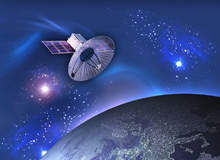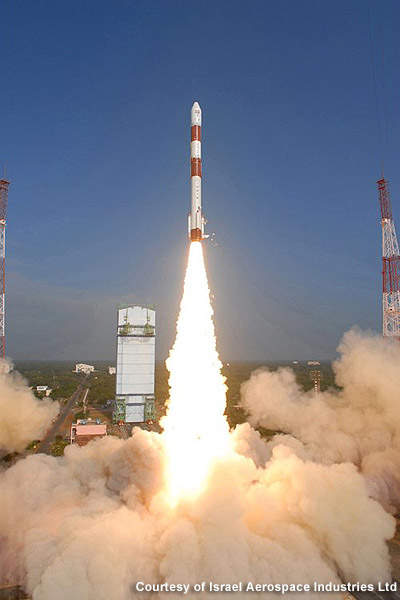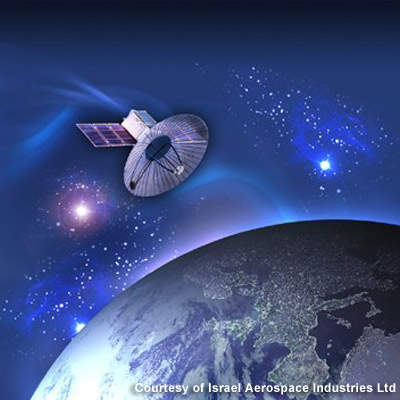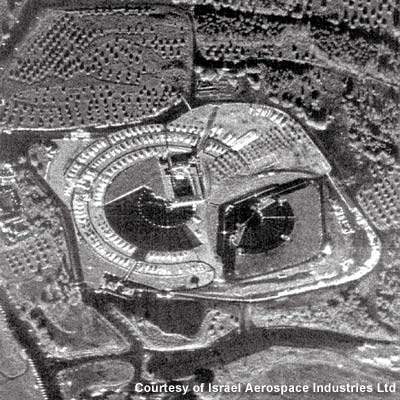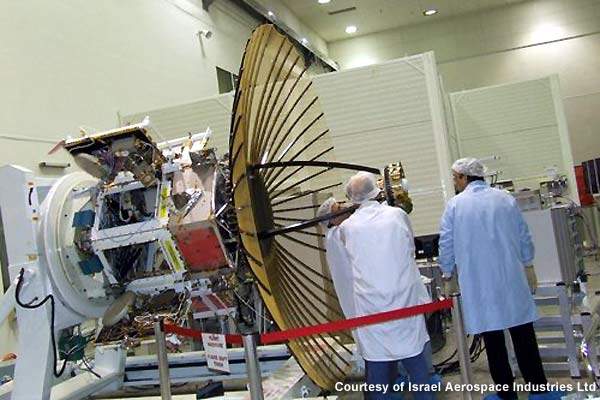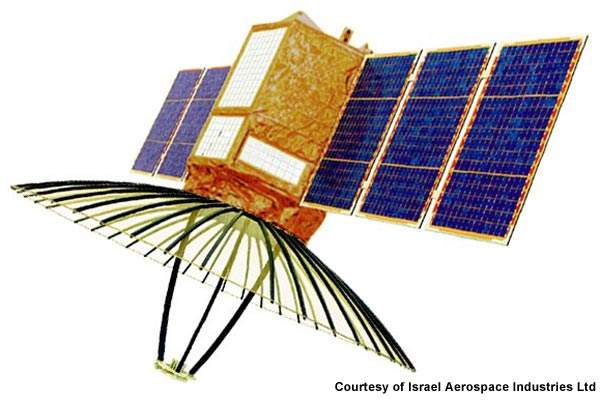The technological synthetic aperture satellite (TecSAR) is Israel’s low-earth orbit (LEO) reconnaissance satellite. It is the first advanced space satellite developed in Israel and ranks among the most advanced space systems in the world. The main purpose of building the satellite is to be able to track activity of enemy nations.
The satellite, also known as TechSARr or Polaris, was built by Israel Aerospace Industries (IAI). Israel Ministry of Defence Research & Development Directorate (DRDD) has funded the satellite’s development.
Under a commercial contract, Israel launched the satellite from India’s Polar satellite launch vehicle (PSLV) at Sriharikota on 21 January 2008. The satellite’s launch was postponed several times previously due to technical problems and bad weather conditions.
The US Government ordered Northrop Grumman Corporation to build a similar satellite based on the TecSAR technology. Named Trinidad, the satellite will be built by Northrop Grumman in collaboration with IAI. An exclusive agreement was signed by Northrop Grumman with IAI in this regard to sell TecSAR to the US.
TecSAR contractors
TecSAR has been developed by MBT Space Division of Israel Aerospace Industries (IAI) Systems Missiles & Space Group. MBT is the prime contractor for all space programmes in Israel. ELTA Systems LTD, a subsidiary of IAI has manufactured the payload of TecSAR.
Design and features
TecSAR has been designed as a three-axis stabilised satellite for attitude control. The design of the satellite is based on MBT’s improved multipurpose satellite (IMPS) II bus. The bus has been designed for higher pointing accuracy.
IAI has equipped the satellite with X-band synthetic aperture radar (SAR) that transmits images for strategic imagery intelligence (IMINT) and a manoeuvrable radar antenna.
TecSAR has been designed to perform with high mechanical agility and deliver high output in every revolution. These features and the antenna enable higher data-rate transmission.
SAR technology sends microwaves that penetrate the clouds. It captures and records the images that are echoed back. These images are downloaded through a high-rate data transmission link.
Control and monitoring of the satellite is done by an IAI-based ground exploitation station. The station performs data processing of the targets such as target detection, cluster indication and changing target positions. The satellite supports multiple stations or multi-user commands.
TecSAR launch
On 21 January 2008, TecSAR was successfully launched on India’s PSLV-C10 rocket from Satish Dhawan Space Centre, Sriharikota at 03.45 UTC.
PSLV-core alone configuration was chosen for TecSAR, considering the orbit required and the vehicle’s capacity. This was the 12th overall and second commercial launch of PSLV.
The lift-off weight of the core-alone PSLV-C10 was about 230t. PSLV-C10 placed the 295kg TecSAR into the intended elliptical orbit. The altitude of apogee is 580km and that of perigee is 450km with a 41° inclination to the equator. The launch follows a cooperation agreement between IAI and the Indian Government with respect to space activities.
Performance
TecSAR is capable of producing images of the earth through 24-hours and in all weather conditions, including cloud cover. This is not possible with an electro-optical satellite as it cannot penetrate clouds or darkness.
The satellite operates in various modes to provide the required images and can provide high-resolution coverage of large areas with a versatile mode of operations in mosaic form.
Operational modes include various spot mode imaging by mechanical steering, strip width mode for obtaining the required resolutions, scan mode for covering wide areas by electronic beam steering, and mosaic mode for high-resolution coverage of large area using electronic and mechanical steering.
Images of up to 1m resolution can be transmitted by TecSAR. The satellite transmitted its first images during a stormy night on 30 January 2008. IAI stated that all the subsystems of the satellite were working perfectly and the images transmitted were of high quality.
Orders and deliveries
In April 2007, IAI teamed up with Northrop Grumman to build a multimode X-band radar imagery-capable satellite for the US government based on TecSAR technology. It will be known as Trinidad. The manufacture of Trinidad took 28 months and the spacecraft can be launched on a mission in a call-up time of 30 days.
The team aims to build an affordable 24-hour surveillance space-based radar imaging system. IAI’s TecSAR technology will be combined with intelligence, surveillance and reconnaissance (ISR) engineering system of Northrop Grumman’s space technology.
Trinidad satellites can be launched on low-cost rockets such as Minotaur and Falcon 1 or in a group using evolved expendable launch vehicle (EELV) class launchers.

